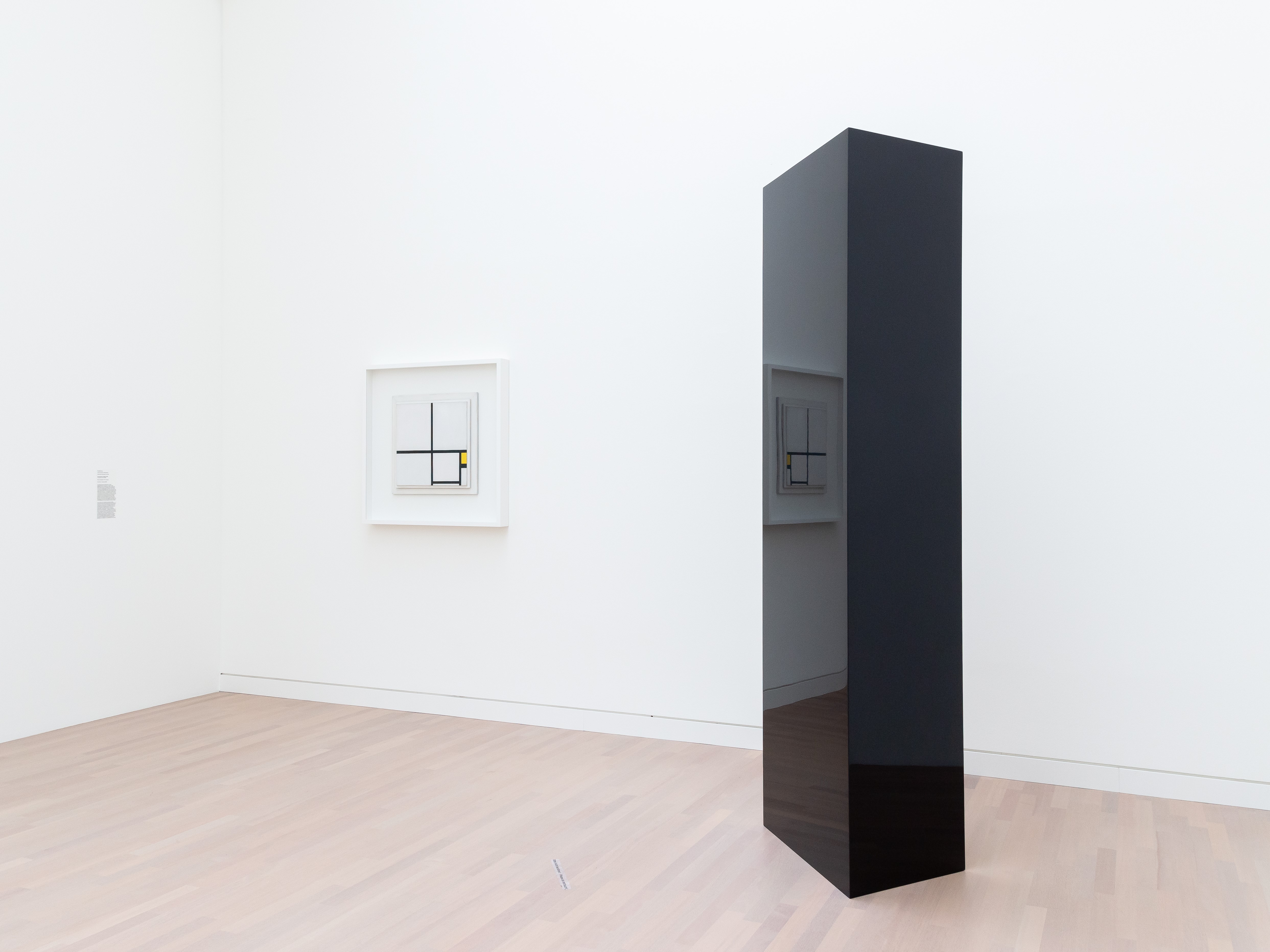The Kunstsammlung Nordrhein-Westfalen is best known for its masterpieces from Paul Klee and Wassily Kandinsky to Jackson Pollock and Roy Lichtenstein. In 2020, its founding director Werner Schmalenbach would have celebrated his 100th birthday—an occasion to once again honor and reflect on his legacy. “On the substantial basis of the outstanding collection laid out by Schmalenbach, we are faced with the task of expanding and differentiating ‘his’ view of modernism,” explains Susanne Gaensheimer, Director of the Kunstsammlung Nordrhein-Westfalen since 2017. With the current collection presentations at both K20 and K21 and a strategy for the coming years, Gaensheimer introduces new perspectives on the masterpieces of the collection.
Perspectives for the Present and the Future
The Kunstsammlung sees one of its central tasks in paying tribute to Schmalenbach’s epoch-making activity, but at the same time classifying it historically and, beyond that, developing criteria—from the standpoint of the present—that make it possible to think forward on this basis. Six concepts that are central to art serve as guiding ideas, namely dialogue, society, equality, globality, innovation, and the future: the dialogue between people, cultures, and artistic genres; the issues and crises of the societies in which we live; equality and justice as a common goal; the diversity and tasks arising from globalization; the power and possibilities of new technologies; and, finally, the question of how to shape our future—all of these are issues that are negotiated in art, and not only today.
The works of contemporary artists on view at K21 – Kunstsammlung Nordrhein-Westfalen take up these themes and questions very clearly and with great urgency. But they are also central motivations—under different circumstances—in the modernism of the early twentieth century and in the period after World War II. It is the aim of the Kunstsammlung Nordrhein-Westfalen to broaden and complement the horizon of the collection from these perspectives, and finally to reflect on the changes among the public and the associated role of the museum as an institution.
Artworks in Dialogue
Today at K20, works by Paul Klee, Henri Matisse, Pablo Picasso and Georges Braque, the Expressionists, the Surrealists, and the Nouveaux Réalistes enter into dialog with works from other geographical and temporal contexts. Paintings by Picasso are juxtaposed with sculptures by the French-Algerian artist Kader Attia; pictures by René Magritte, Max Ernst, and Salvador Dalí encounter Surrealist works by artists from the Arab region, such as Hassan El-Telmisani and Fouad Kamel. New additions include works by important modernist women painters such as Carmen Herrera, Helen Frankenthaler, Etel Adnan, and Lygia Pape. These first but pioneering steps are the beginning of a process in which the collection of the state museum of North Rhine-Westphalia will be expanded and supplemented in order to meet the challenges posed to a European art museum in a globalized world and under the influence of current social changes
Take a look at the collection
















